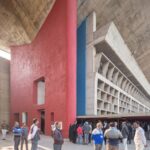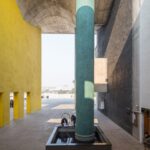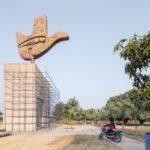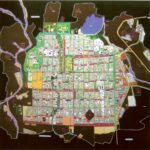
On August 15, 1947, as India prepared to break free from British rule, a consequential directive was issued that would shape the subcontinent’s landscape for decades to come. With the aim of safeguarding India’s Muslim populace from the Hindu majority, the departing colonial rulers delineated the northwestern and eastern territories for their use, birthing the modern-day nations of Pakistan and Bangladesh. This partition compelled around 100 million Muslims to migrate to these new territories within a mere 73 days. Amidst this upheaval, Punjab, a pivotal state, found itself divided, with its capital Lahore falling under Pakistan’s jurisdiction.
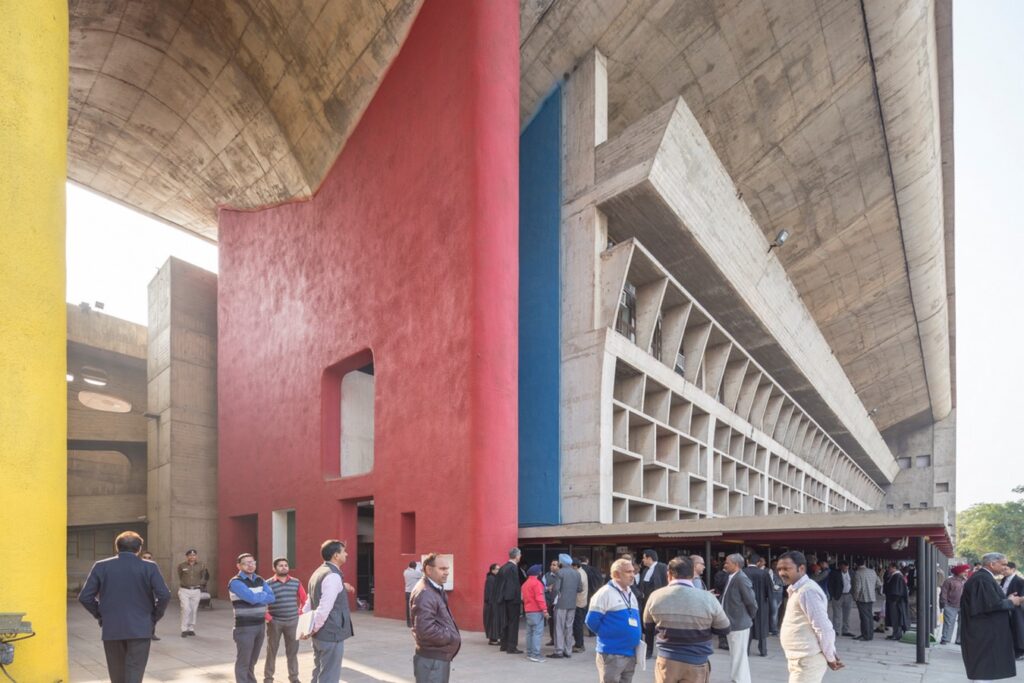
The Birth of a New Capital: Chandigarh’s Ambitious Aspiration
Stripped of Lahore, Punjab sought to establish a new capital that not only met the administrative needs but also symbolized the dawn of a new era for independent India. Located 270 kilometers north of New Delhi, along an existing railway line, Chandigarh emerged as the chosen site for this monumental endeavor. Tasked with envisioning this modern cityscape, American architect Albert Mayer and his collaborator Matthew Nowicki embarked on developing a plan rooted in the Garden City model. However, tragedy struck when Nowicki’s untimely demise halted their progress, prompting Mayer’s withdrawal from the project.
Le Corbusier’s Architectural Intervention
In the wake of Mayer’s departure, the quest for an alternative design visionary led to French architect Le Corbusier’s doorstep. Embracing the challenge, Le Corbusier, along with his cousin Pierre Jeanneret and collaborators Maxwell Fry and Jane Drew, undertook the monumental task of shaping Chandigarh’s destiny. Departing from Mayer’s original concept, Le Corbusier infused his distinctive design ethos into the city’s blueprint, reimagining its layout and infrastructure.
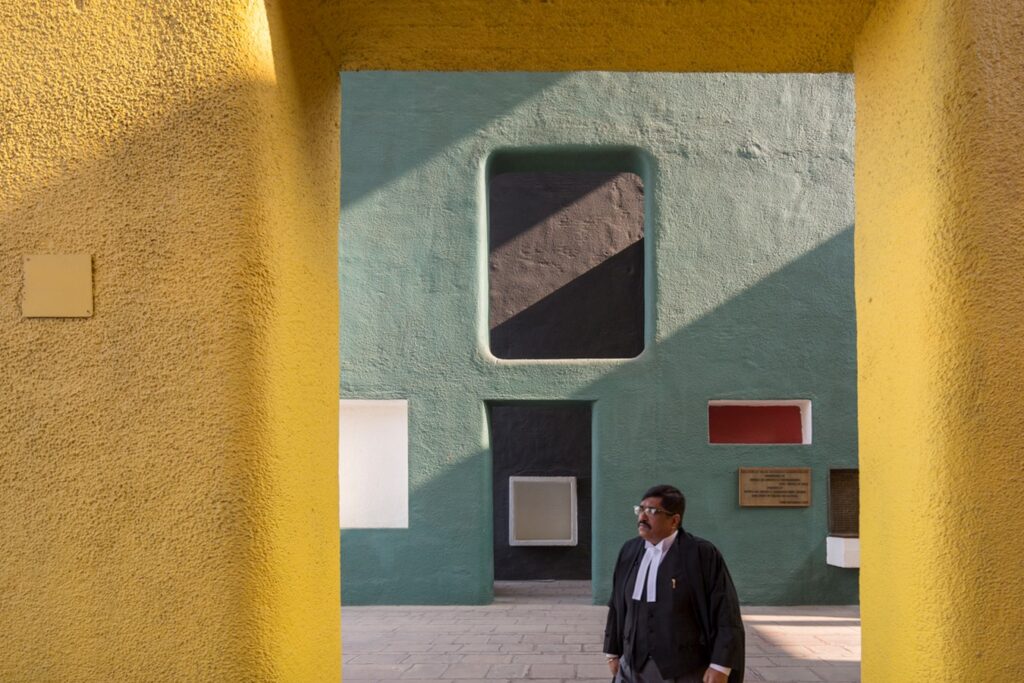
Architectural Ingenuity: Chandigarh’s Urban Fabric
Le Corbusier’s master plan for Chandigarh diverged significantly from its predecessors, blending elements of the Garden City movement with his own architectural philosophy. Transforming Mayer’s fan-shaped concept into a meticulously structured grid system, Le Corbusier introduced hierarchy into the city’s road network, emphasizing pedestrian-friendly pathways and green spaces. Despite compressing the city’s footprint, Chandigarh’s urban fabric echoed Le Corbusier’s vision of a harmonious blend of modernity and natural beauty.
The Legacy and Evolution of Chandigarh
Chandigarh’s architectural legacy, though marred by controversy and urban expansion, endures as a testament to India’s journey towards progress and independence. Despite surpassing its planned population, the city continues to captivate residents and architects alike, embodying Nehru’s vision of hope for the nation’s future. As Chandigarh evolves beyond its rectangular boundaries, it remains a poignant symbol of India’s resilience and unwavering faith in the promise of tomorrow.


